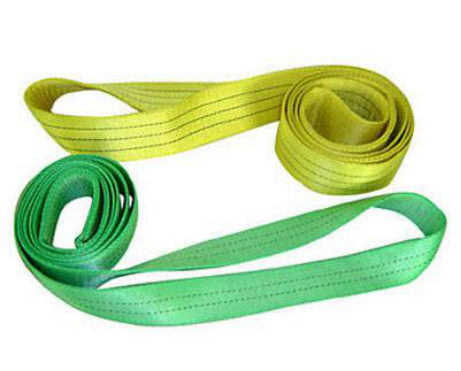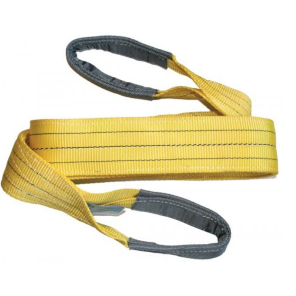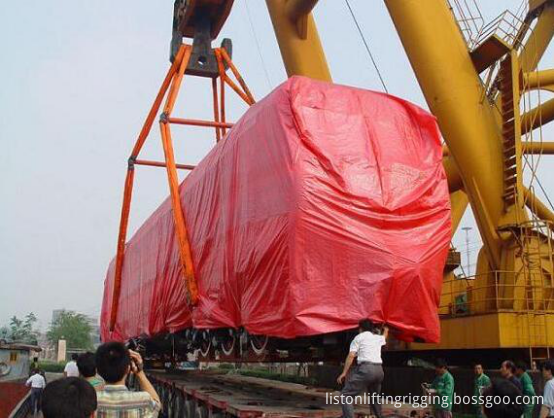Cement screw conveyor is known as LSY screw conveyor. It conveys bulk materials while utilizing screw blade and is control fed in inlet area. The bulk material moves forward with the revolution of screw blade. Generally, this kind of screw conveyor is ideal for conveying both free-flowing and poor sticky materials with similar particle size for silo. Cement screw conveyor can be not only used in cement plant, but also other industries, such as food processing, mining, wastewater treatment industries for conveying bulk, powder or granular materials. It can achieve durability and economy of operation.
Working principle
Within a tube, the LSY screw conveyor uses a rotating helical screw blade, to move granular and powdery materials. Cement screw feeder is usually installed at a incline in many industries, such as concrete mixing station, bulk material transit storage, etc.Â
Prominent Benefits
| 1.Totally enclosed design to make good sealing Cement screw conveyor usually adopts one inlet and one outlet so that it can prevent materials overflow. |
| 2.High Reliability Thanks to its high quality components, as well as a low revolution functioning, assure the high level of reliability. |
| 3.Reasonable but simple structure Thanks to its modular construction, it can not only assure the required capacity, but reduce total costs. |
| 4.High torque drive device Thanks to the high torque drive device, this kind of screw conveyor can power materials through upset conditions. |
Technical Parameters
| Model | Screw Diameter | Screw Rotation Speed | Housing Diameter | Max. Capacity | Max. Length | Inclination Angle | Power | |
| L ≤ 7m | L > 7m | |||||||
| (mm) | (r/min) | (mm) | (t/h) | (m) | (degree) | (kW) | ||
| LSY 160 | 163 | 308 | 194 | 25 | 15 | 0°~ 60° | 5.5 | 7.5 |
| LSY 200 | 185 | 260 | 219 | 40 | 18 | 7.5 | 11 | |
| LSY 250 | 237 | 200 | 273 | 60 | 25 | 11 | 15 | |
| LSY 300 | 285 | 170 | 325 | 90 | 25 | 18.5 | 22 | |
| LSY 400 | 362 | 170 | 402 | 120 | 25 | 18.5 | 22 | |
Selection Guideline
| 1. Material name _______ |
| 2. Material size   _______mm |
| 3.Size distribution  _______%? |
| 4 .Material water content _______%? |
| 5. Handling capacity   ________t/h |
| 6. Material density   ________t/m3? |
| 7. Material temperature  _______ ºC? |
| 8. Material is corrosive or not_______? |
| 9. Distances between inlet and outlet ______m |
| 10.Voltage __V__HZ 3 phase |
| 11.Upstream and downstream equipment _______ |
| 12.Working environment _______ |
Cement screw conveyor is known as LSY screw conveyor. It conveys bulk materials while utilizing screw blade and is control fed in inlet area. The bulk material moves forward with the revolution of screw blade. Generally, this kind of screw conveyor is ideal for conveying both free-flowing and poor sticky materials with similar particle size for silo. Cement screw conveyor can be not only used in cement plant, but also other industries, such as food processing, mining, wastewater treatment industries for conveying bulk, powder or granular materials. It can achieve durability and economy of operation.
Working principle
Within a tube, the LSY screw conveyor uses a rotating helical screw blade, to move granular and powdery materials. Cement screw feeder is usually installed at a incline in many industries, such as concrete mixing station, bulk material transit storage, etc.Â
Prominent Benefits
| 1.Totally enclosed design to make good sealing Cement screw conveyor usually adopts one inlet and one outlet so that it can prevent materials overflow. |
| 2.High Reliability Thanks to its high quality components, as well as a low revolution functioning, assure the high level of reliability. |
| 3.Reasonable but simple structure Thanks to its modular construction, it can not only assure the required capacity, but reduce total costs. |
| 4.High torque drive device Thanks to the high torque drive device, this kind of screw conveyor can power materials through upset conditions. |
Technical Parameters
| Model | Screw Diameter | Screw Rotation Speed | Housing Diameter | Max. Capacity | Max. Length | Inclination Angle | Power | |
| L ≤ 7m | L > 7m | |||||||
| (mm) | (r/min) | (mm) | (t/h) | (m) | (degree) | (kW) | ||
| LSY 160 | 163 | 308 | 194 | 25 | 15 | 0°~ 60° | 5.5 | 7.5 |
| LSY 200 | 185 | 260 | 219 | 40 | 18 | 7.5 | 11 | |
| LSY 250 | 237 | 200 | 273 | 60 | 25 | 11 | 15 | |
| LSY 300 | 285 | 170 | 325 | 90 | 25 | 18.5 | 22 | |
| LSY 400 | 362 | 170 | 402 | 120 | 25 | 18.5 | 22 | |
Selection Guideline
| 1. Material name _______ |
| 2. Material size   _______mm |
| 3.Size distribution  _______%? |
| 4 .Material water content _______%? |
| 5. Handling capacity   ________t/h |
| 6. Material density   ________t/m3? |
| 7. Material temperature  _______ ºC? |
| 8. Material is corrosive or not_______? |
| 9. Distances between inlet and outlet ______m |
| 10.Voltage __V__HZ 3 phase |
| 11.Upstream and downstream equipment _______ |
| 12.Working environment _______ |
About Polyester Slings for Lifting
Polyester is a synthetic (man made) material that is extremely light weight and when made into lifting slings makes a very little cost effective lifting sling. The material is soft to touch (hence soft slings) and therefore is less likely to cause damage to the goods when they are lifted and will not cause the type of injuries to the user associated with Wire Rope Sling, for example cuts caused by broken wires, manual handling or impact injuries. Synthetic polyester (fiber material) slings are much lighter weight than both wire rope or chain slings and therefore this type of lifting sling is much easier to handle.
It is include Webbing Sling


Round Sling


Application


How to use slings
1. Never use slings with damages or defects.
2.Use slings with clear identifications.
3.Check working load Limit ,length and working position
4.Never use slings with knots.
5.Never use slings on sharp edges without correct protection .
6.Use the correct mode factor and check lifting angle.
7.Trapping the sling when lowering the load should be avoided.
8.The temperature should be between -40℃ and 100 ℃.
9.Stitching should not be placed over hooks or others lifting devices.
10. Sling should be stored in dry and clear conditions .Away from heat sources, direct sunlight and UV rays.
11.In case of chemical environment ,please check with the manufacturer.
12.Elongation rate <3% at working load and <10% at breaking load
CAUTIONS
1. Do not exceed working load limit
2. Prevent shock-loading.
3. Where selecting a sling it is very important to consider the angles at which the sling will be used.
4. Slings are subject to cutting when lifting items with sharp edges. In this case always use wear sleeve
5. Do not use a damaged sling.
6. Never make knots in a sling.
7. Never drag a sling from underneath a load that is resting on it.
8. Chemical active environments can affect the strength
9. Always store slings in a cool dry and dark place when they are not in use for prolonged periods.
10. Always read and understand the operating instruction before use.
Reliable Sling
Since 2007
Specializing in webbing slings, towing strap, Ratchet Tie Down.
Consecutive sales increasement of 10 years
Passed the ISO9001:2008 and international certificate as CE, GS and TUV etc.
Provide OEM and ODM service to overseas customer
Export to more than 40 countries, mostly in European countries, America, Africa, Middle-east.
Our mission is to create high-quality, high-end products, allowing customers to use more convenient, more secure, more assured.
Our Services
1.We treasure and try to understand all the different needs of our clients and seek to forge a long term professional relationship with them. The satisfaction of each and every customer is our main goal and motivation in conducting our business.
2.Our products are of high-quality standards and always come with the certificate of compliance by the manufacturers. There is the strict quality control for each of our products.
Lifting Belt
Lifting Belt,Lifting Belt Sling,Polyester Lifting Belt,Lifting Sling Belt
Hebei Liston Lifting Rigging Manufacturing Co., Ltd. , http://www.liftingriggingfactory.com